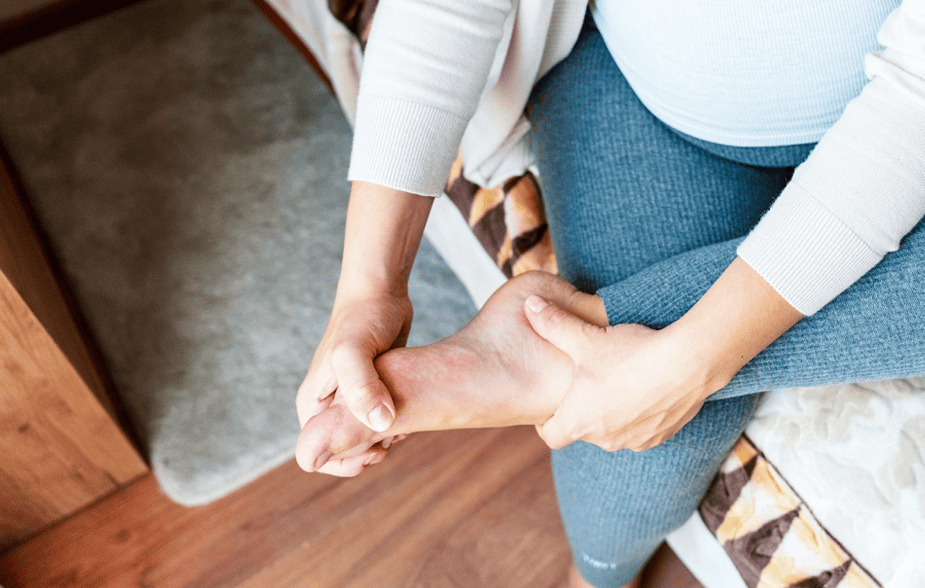Why is it Important to Have Flexible Feet?
Foot flexibility is crucial for overall mobility, balance, and athletic performance. Flexible feet can adapt better to different surfaces and movements, reducing the risk of injuries. Here are some reasons why foot flexibility is important:
- Enhanced Movement: Flexible feet ensure you have a wide range of movements to perform physical tasks such as walking, running, dancing, and sports.
- Improved Balance and Stability: Flexible feet contribute to better balance and stability, essential for preventing falls and maintaining proper posture. This is especially important for older adults.
- Reduced Injury Risk: Flexible feet distribute pressure evenly across the feet, reducing the chances of strains, sprains, and stress fractures.
- Better Shock Absorption: Flexible feet can absorb impact more effectively, protecting the joints in the legs and spine from excessive stress during high-impact activities.
- Enhanced Circulation: Stretching and moving the feet regularly can improve blood flow, aid in delivering nutrients and oxygen to foot tissues, and promote overall foot health.
How to Improve Your Feet's Flexibility
Improving foot flexibility requires regular stretches or exercises targeting the foot tendons, ligaments, and muscles. Here are some methods.

- Toe Stretches: Sit with your feet flat on the floor. Lift your toes, spreading them as wide as possible, then relax. Repeat this 10-15 times.
- Toe Curls: Place a towel on the floor. Use your toes to “grab” the towel and bring it close to you. This exercise strengthens the muscles in the toes and the foot arch.
- Heel Raises: With your feet shoulder-width apart and knees slightly bent, gradually rise fully onto your toes, then lower back down. Do 10-15 repetitions to improve ankle flexibility.
- Ankle Circles: Sit or lie down and lift one leg. Rotate your ankle in circles, first clockwise and then counterclockwise. Do 10-15 circles in each direction for each foot.
- Plantar Fascia Stretch: While seated, place one foot over the opposite knee. Pull your toes inwards until you feel a stretch in the arch of your foot. Hold for up to 30 seconds and repeat 2-3 times for each foot.
- Marble Pickup: Place several marbles on the floor. Use your toes to pick them up, one at a time, and place them in a container. This exercise enhances dexterity in the toes.
Precautions
While working on foot flexibility, taking precautions is essential to avoid injury and setbacks.
- Avoid Overstretching: Stretching too aggressively can cause injuries to the muscles, tendons, and ligaments. Always stretch gently and gradually increase the intensity.
- Warm-Up: Before performing flexibility exercises, warm up your feet with light activity such as walking or gentle foot movements
- Proper Footwear: Wearing shoes that are too tight or lack support can negatively impact foot flexibility
- Consistency: Inconsistency in practicing flexibility exercises can lead to minimal improvements. Regular, consistent stretching and exercises are crucial for enhancing flexibility.
- Avoid High Heels: Regularly wearing high heels can shorten your calf muscles and Achilles tendon, reducing overall flexibility. Limit high-heel use and opt for more supportive footwear.
- Consult a Professional: If you have existing foot conditions or pain, consult Dr. Sheehy before starting new exercises! ♦
Podiatrist newsletter article provided by LRW Media. Images provided by Shutterstock/Artem Balashevsky and Oswald Elsaboath.
